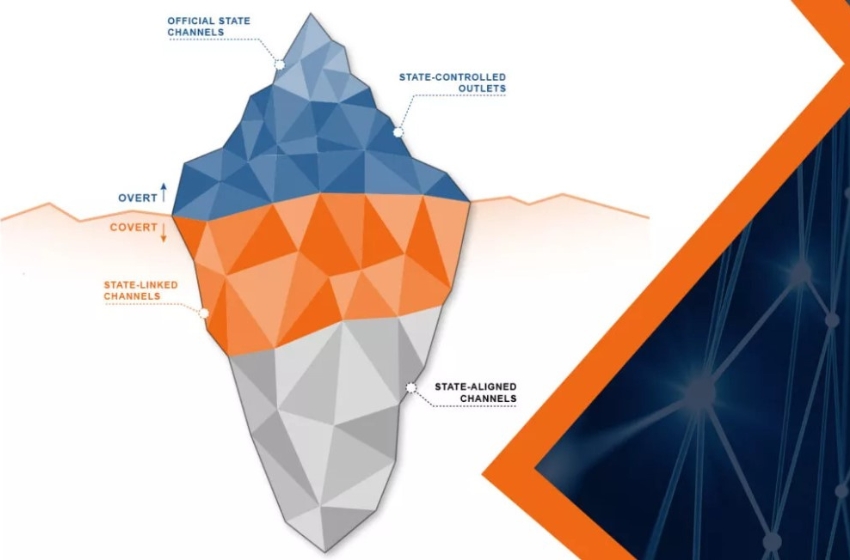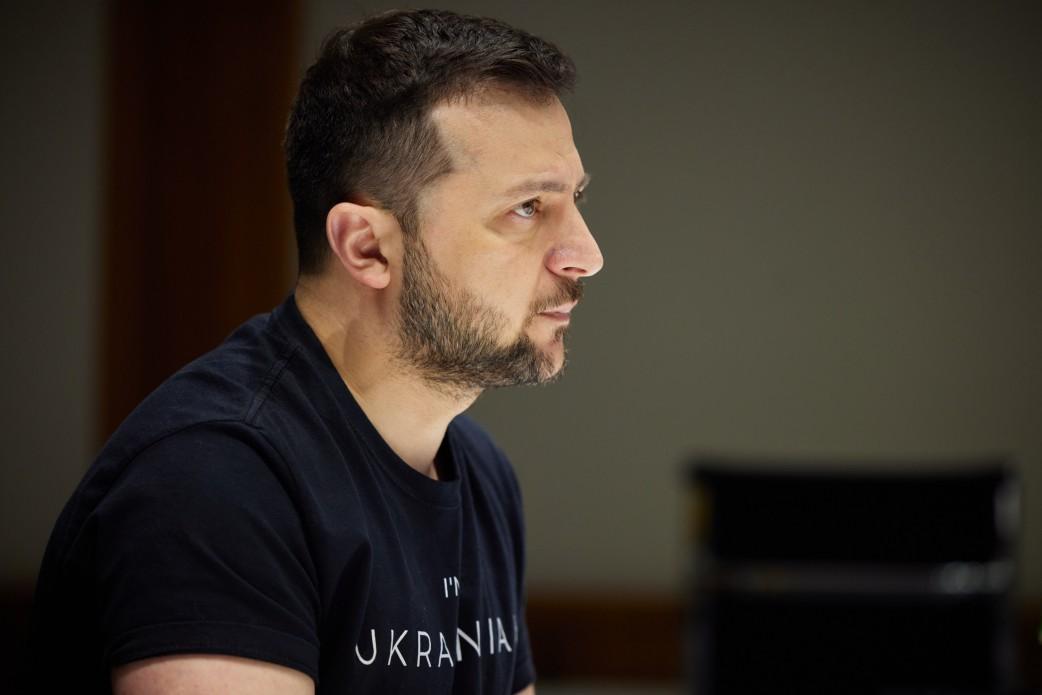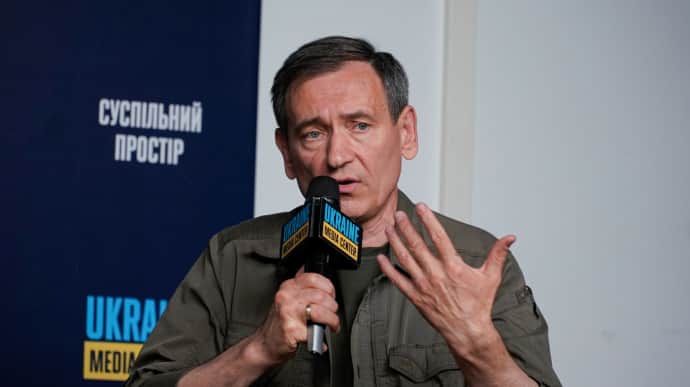By EUvsDisinfo
The Russian disinformation machine is not a collection of random rumors, but a meticulously structured system. It can best be understood as an iceberg, where the loudest propaganda is only the visible tip, hiding a complex and deep infrastructure underneath.
Behind each official or TV personality on state-run channels lies a multitude of less visible players—from websites and blogs to social media accounts, "independent" commentators, and pseudo-experts. These channels reinforce each other, argue, mock, confuse, and amplify false narratives, all working toward the same goal: strengthening the Kremlin's influence in the information space.
Russia's information manipulation campaigns abroad are based on a well-funded and carefully organized system. It includes both open and covert structures, involving state and non-state elements, and is capable of quickly adapting and applying region-specific approaches—whether close to Russia or thousands of kilometers away.

Research has described this system as a "digital hydra," emphasizing its ability to evolve and transform. The third report from the EU External Action (EEAS) offers a fresh perspective on this architecture, utilizing technical and behavioral indicators. This approach allows for a deeper understanding of how websites, social networks, and other digital channels of disinformation operate, revealing what lies behind the façade.
Some pro-Kremlin resources openly demonstrate their ties to the authorities. For instance, the editor-in-chief of RT has stated that the channel is as important to Russia as the Ministry of Defense. Meanwhile, RT itself runs projects disguised in terms of origin and funding sources.
In cases where financial or editorial connections are deliberately hidden, experts use technical and behavioral indicators. The former include digital fingerprints—hosting, domains, infrastructure. The latter focuses on the nature of publications, recurring patterns, the use of AI, and automatic reposting. This helps categorize disinformation sources according to their proximity to the Kremlin and understand their role in the overall system.
The entire disinformation architecture is divided into four layers. The top layer consists of official state channels: ministries, agencies, and Kremlin representatives. These are open mouthpieces that set the tone for the whole system. They are the first to launch fake narratives, which are then picked up by other participants—from media outlets to anonymous Telegram channels. Sometimes, they themselves refer to these anonymous sources, promoting conspiracy theories at the highest political levels. International forums become a tool for legitimizing these false narratives.
The second layer consists of state-controlled media, including major federal TV channels, RT, and Sputnik. Their ties to the government are obvious, and their editorial policies are fully aligned with the state agenda. Many of them have been sanctioned by the European Union for their role in supporting Russia's war against Ukraine.

The third layer involves channels affiliated with the state but concealing these connections. They operate in the "gray zone," presenting themselves as independent sources. An example is NewsFront, registered in the annexed Crimea and operating in several European languages. It was created by individuals linked to Russian intelligence services and has been promoting pro-Kremlin narratives for years. Its activities have been exposed by both online platforms and government investigations. Similarly, the "Doppelgänger" operation involved creating a network of fake websites to influence Ukrainian and European audiences.
The fourth and most concealed layer consists of channels that appear oriented toward the state but are not formally connected to the Kremlin. These include accounts, blogs, imitation websites involved in operations like False Façade and Portal Kombat. They are not directly attributed to the Kremlin but play an essential role in its disinformation architecture.
Studying and mapping all these channels by their proximity to the Russian government is not just a classification task. It’s a way to understand how the complex system of informational influence works and learn how to counter it.
Mapping disinformation actors based on their proximity to the Kremlin is more than a classification exercise – it’s essential to understanding how Russia’s manipulation machine works.
The more precisely we understand the structure and function of this architecture, the better prepared we are to respond. So #DontBeDeceived – dive into the full 3rd EEAS FIMI Report(opens in a new tab).





















